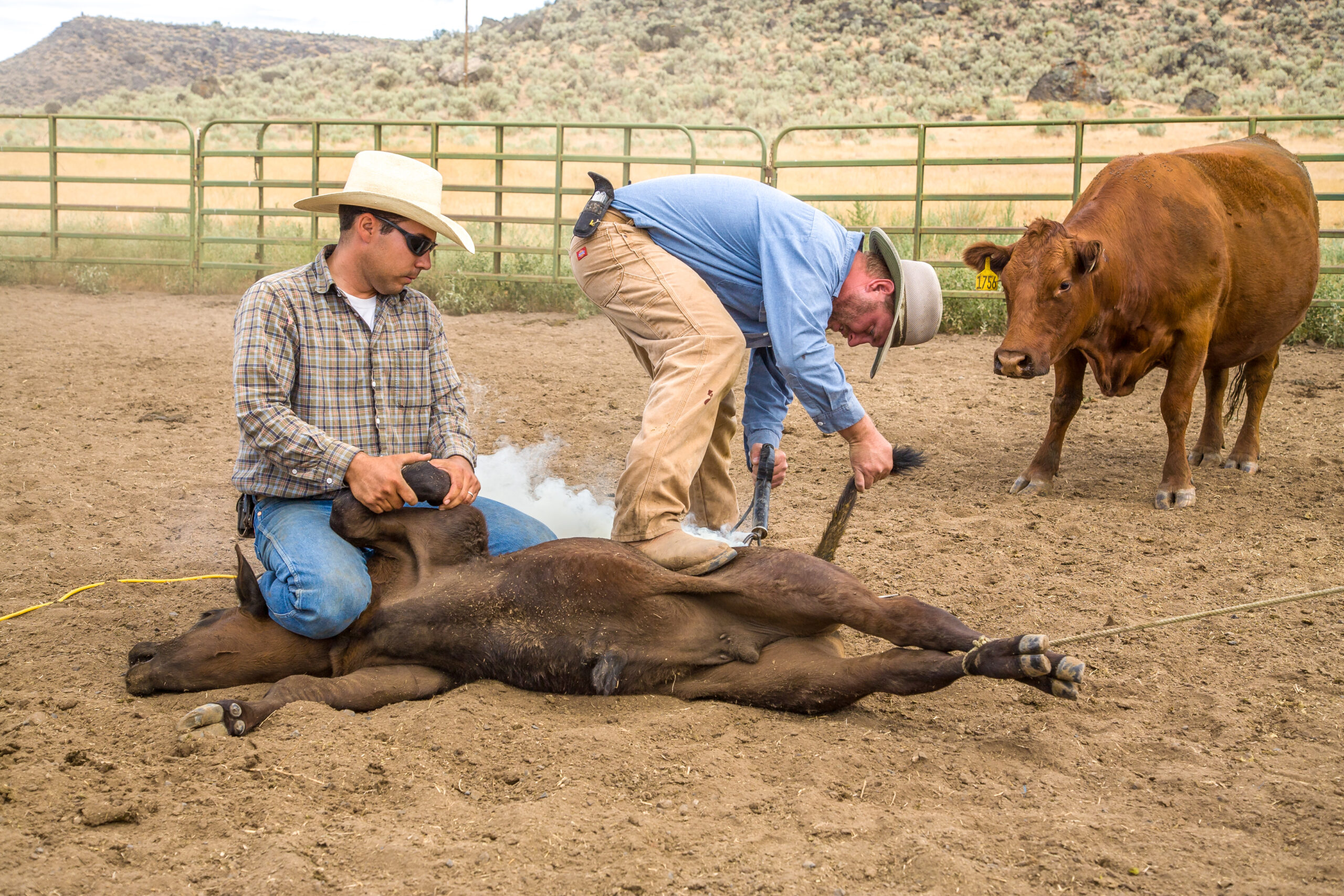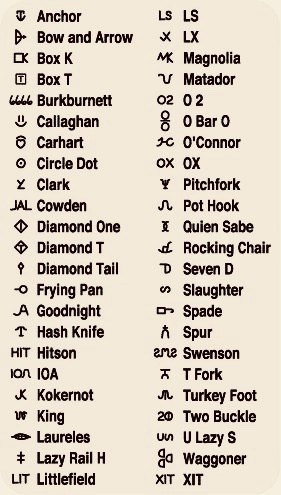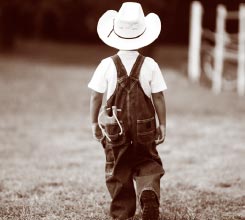History and Facts on Branding Livestock in Montana

In Montana, we rerecord livestock brands every 10 years and next year 2021, is your due date with the Montana Department of Livestock to rerecord your brand. With that in mind thought it might be of interest to know the history behind the brand.
Since The practice of branding cattle is ancient. What we know of the earliest livestock brands comes from paintings in Egyptian tombs, which depict a cattle roundup and branding from as early as 2700 BC.
When we fast forward to Montana history we start our branding history in February 1865 when the first Montana Territorial Legislature passed “An Act concerning marks and brands” which barred two people from using the same brand in any one county and required the registering of all brands with the county clerk. Brand registration was made a territory-wide requirement in 1872, under the Clerk of the Supreme Court. Beginning in 1877, registration was handled by the State Treasurer. The Board of Stock Commissioners was created in 1885. The Secretary of the Board was, ex officio, the Recorder of Marks and Brands, and had the power to hire stock inspectors for Montana and for selected out-of-state markets such as St. Paul, Minnesota. All stock shipped out of the territory had to carry a brand. In 1915, the inspection law was amended to require inspection whenever livestock was transported across county lines. Proceeds from the sale of cattle branded with other people’s brands had to be turned over to the stock inspector for distribution to the brand owners. In 1917 the Board of Stock Commissioners and the Board of Sheep Commissioners were legally merged to form the new Livestock Commission. For the next 12 years the Commission shared a secretary with the Montana Stockgrowers Association. In 1929 Paul Raftery was appointed as the Commission’s first full-time executive officer, acting ex officio as Recorder of Marks and Brands. After Raftery’s death in 1946 Ralph Miracle took over the position, to be followed in 1954 by William G. Cheney. Under the executive reorganization of 1971, the Department of Livestock became the administrative arm of the Livestock Commission and the Livestock Sanitary Board. The functions of the Recorder of Marks and Brands were taken over by the new Brands Enforcement Division.
In 2002, the Montana Department of Livestock received a donation from Montana author Ivan Doig and his wife Carol. With this donation, the Department of Livestock and Montana Historical Society joined efforts to have historical brands placed on microfilm.
Ivan Doig said, “Brands are the classical language of the American West.”
In Montana, when researching genealogy, brands owned in past generations is a great part of that heritage. Montana brands from 1873 through 1980 are now available on online as part of the Montana Memory Project.
Now let’s skip to a lesson in reading brands taken from Chip Schweiger’s article on What you Should Know about Cattle Brands.

Brand reading is an art form that almost requires the reader to be fluent in a language of its own. Brands, however, like books are read from top to bottom and left to right. In branding terminology, a leaning letter or character is “tumbling,” while in a horizontal position it’s being “lazy.” Short curved strokes or wings added at the top of the letter R, for example, make it a “Flying R.” The addition of short bars at the bottom of a symbol makes it “walking,” and changing angular lines into curved lines makes a brand “running.” Half-circles, quarter-circles, and triangles were frequently used in late-nineteenth-century brands. An open triangle was called a “rafter” and if a letter rested in a quarter-circle it was said to be “rocking.” There were also “bars,” “stripes,” “rails,” and “slashes” that differed only in length and angle. Essentially, the creativity or simplicity of a brand is matched only by the creativity or desired simplicity of the brand’s owner.
Today, many ranchers still utilize cattle branding to mark their stock, much as they did in the 1800s. It’s part of the rich history and culture of the cattle ranching way of life. Advancements in cattle branding include the use of an electric brander where the metal is heated with electricity rather than with fire. Some ranchers may rely solely on ear tags to identify individual animals and to prove ownership. However, ear tags are said to have the drawbacks of getting lost by the animal’s movement or being removed and replaced by thieves.
Another option ranchers are turning to, is freeze branding. Liquid nitrogen or denatured alcohol and dry ice are used to cool branding irons, which are then applied to the animal’s hide. Rather than burning the skin, freeze branding alters the natural pigmentation of the animal’s hair, making the hair of the branded area grow back white.
In many states, including Montana, branded livestock must be registered in the respective county where they are run. In addition to marking livestock, brands represent the trademark of a ranching family and therefore also represent pride, duty and stewardship, which inspires loyalty and dedication. Many cowboys still refer to “riding for the brand” to represent their commitment to their employer.
We’re riding for the Montana Ranch Properties Brand, so give us a shout for your real estate needs and we’ll rustle you something up to put your brand on.
-Michelle Van Dyke, Broker



